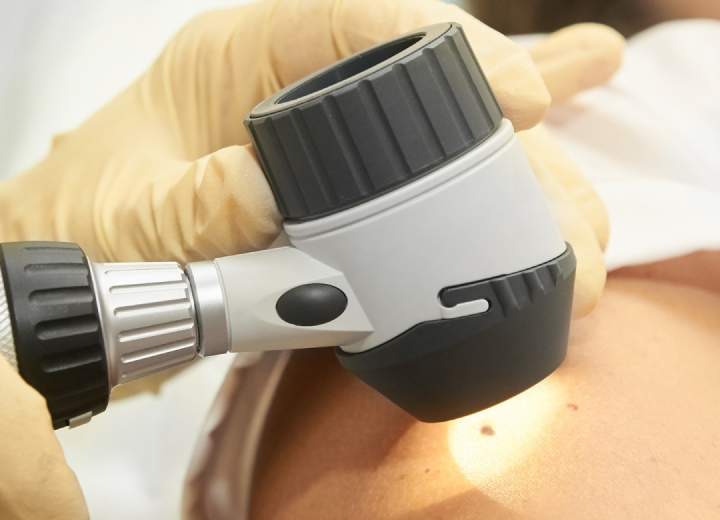Symptoms and Diagnosis
What is an Arm Lipoma?
An arm lipoma is a benign (non-cancerous) tumour composed of fatty tissue that forms just beneath the skin on your arm. These soft, movable lumps are generally slow-growing and painless, making them a common and typically non-threatening condition. While they can appear anywhere on the arm, common sites include the upper arm, forearm, and elbow. Though generally harmless, some patients opt for removal due to discomfort or cosmetic reasons.
Symptoms of Arm Lipomas
- Arm lipomas feel soft and doughy to the touch. They move easily under the skin when pressed.
- Typically, arm lipomas range from 1 to 3 centimetres in diameter, but they can grow larger over time, sometimes exceeding 10 centimetres.
- Most arm lipomas are painless, though some can cause discomfort if they press against nerves, muscles, or other structures. Occasionally, they may become painful if they contain many blood vessels or if they grow in an area that experiences frequent movement or pressure.
- Arm lipomas grow slowly over months or years. Depending on their location, they might interfere with arm movement or cause noticeable bulges under the skin, leading to cosmetic concerns.
Diagnosis of Arm Lipomas
Diagnosing an arm lipoma typically involves a physical examination by a healthcare professional. During the examination, the doctor will assess the lump’s texture, mobility, and size. To confirm the diagnosis and rule out other conditions, several tests may be conducted:
- Ultrasound, MRI, or CT scans can help determine the lipoma’s exact size and depth and differentiate it from other types of growths.
- In some cases, a biopsy (removing a small tissue sample from the lump) may be performed. The sample is then examined under a microscope to confirm it is a lipoma and not a malignant tumour.
- Advanced imaging techniques may be used for a more detailed examination, especially if the lipoma is deep-seated or in a sensitive area of the arm.






